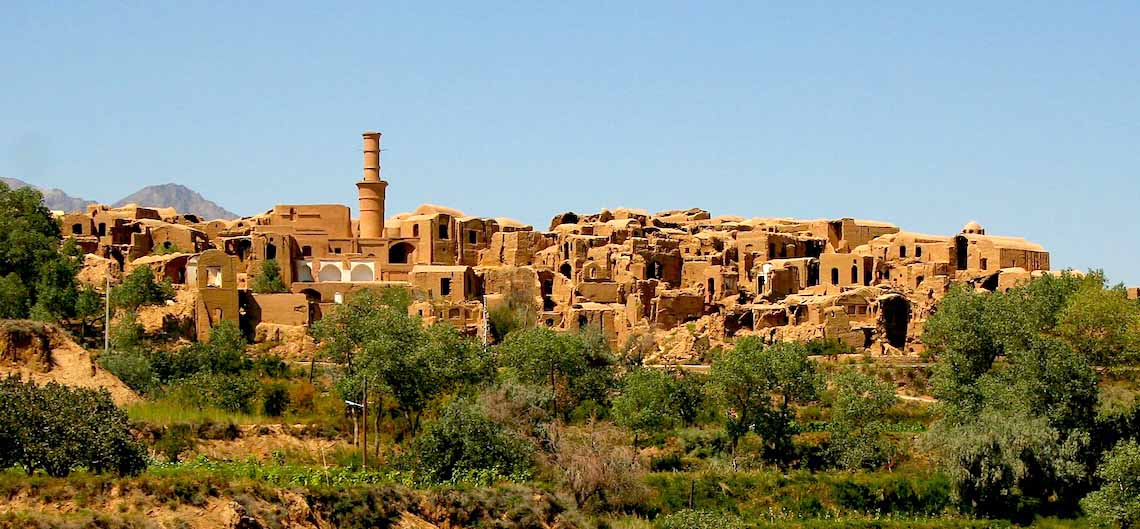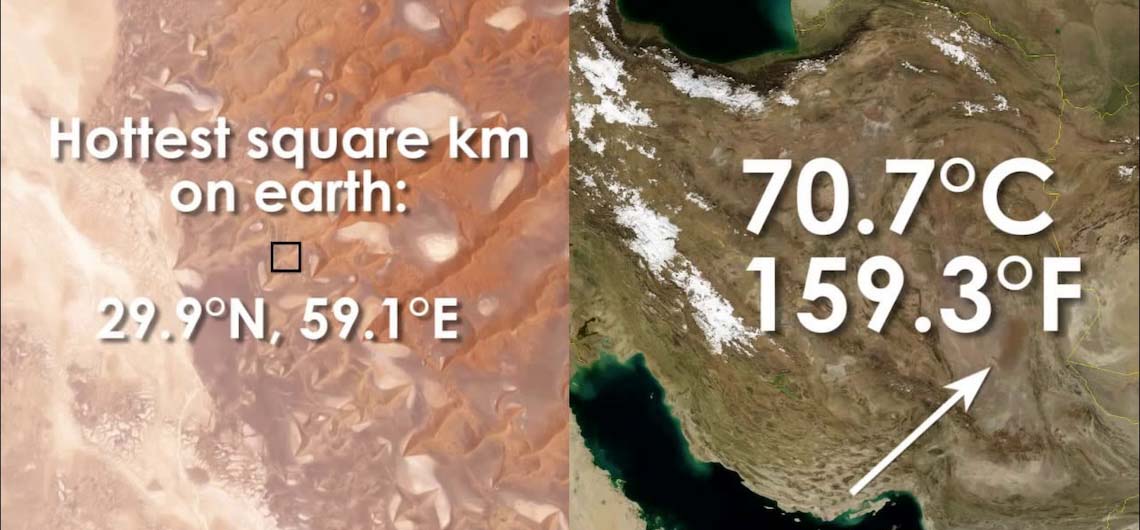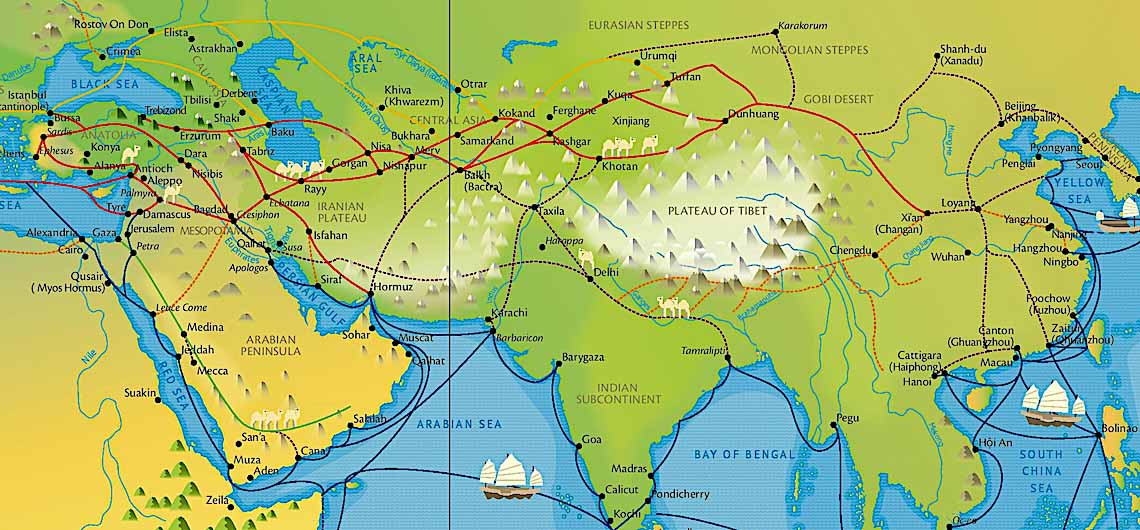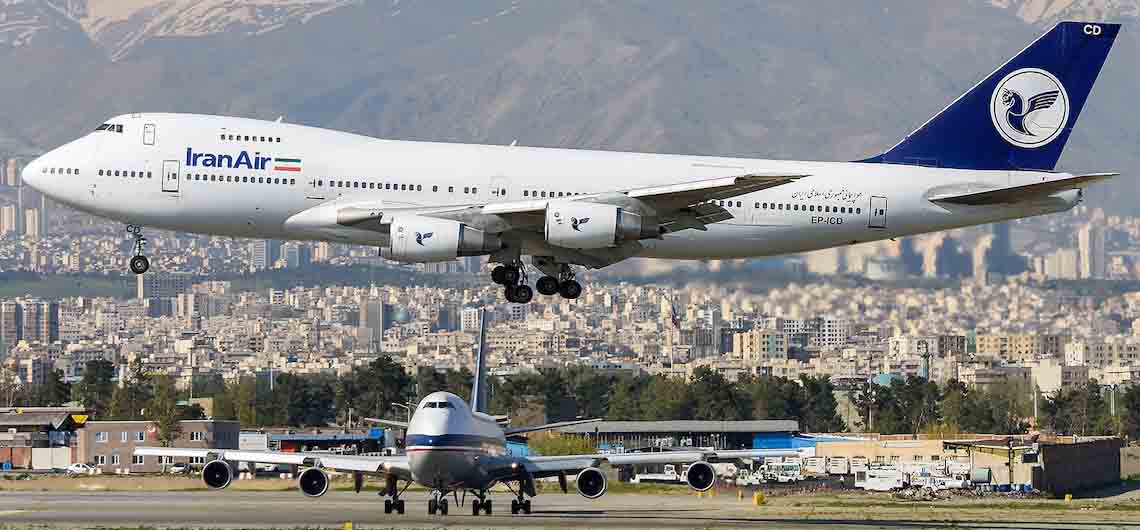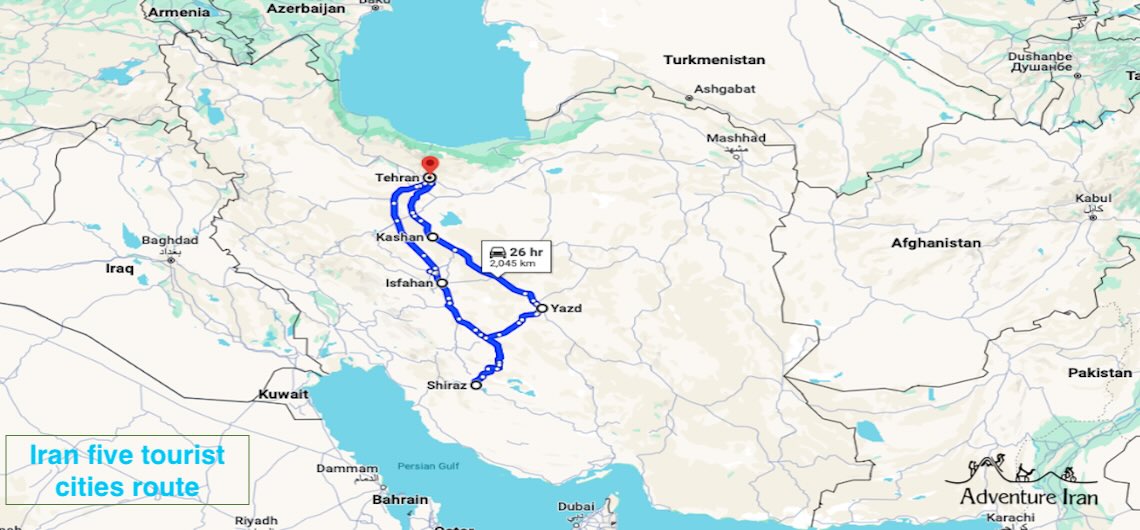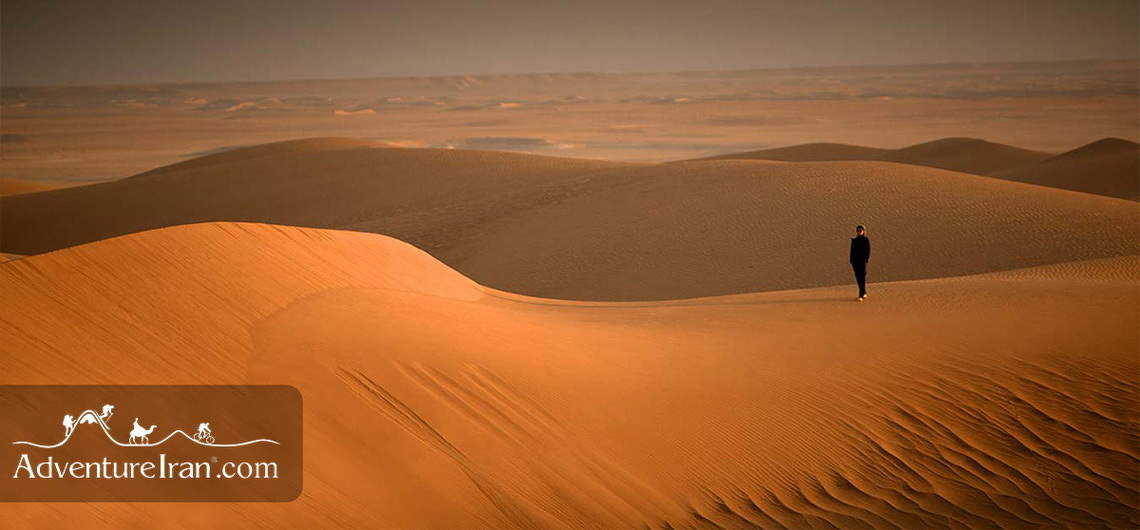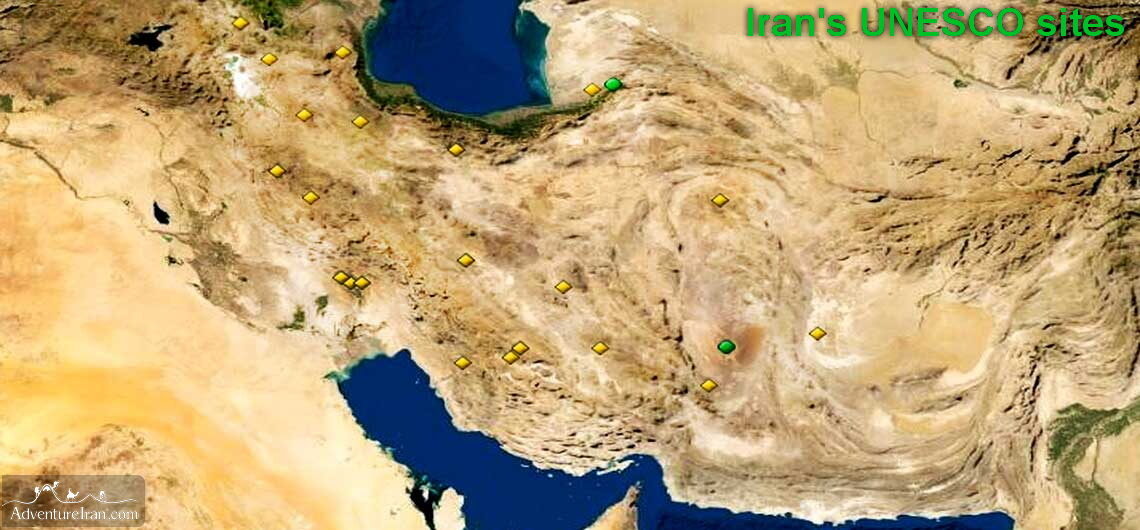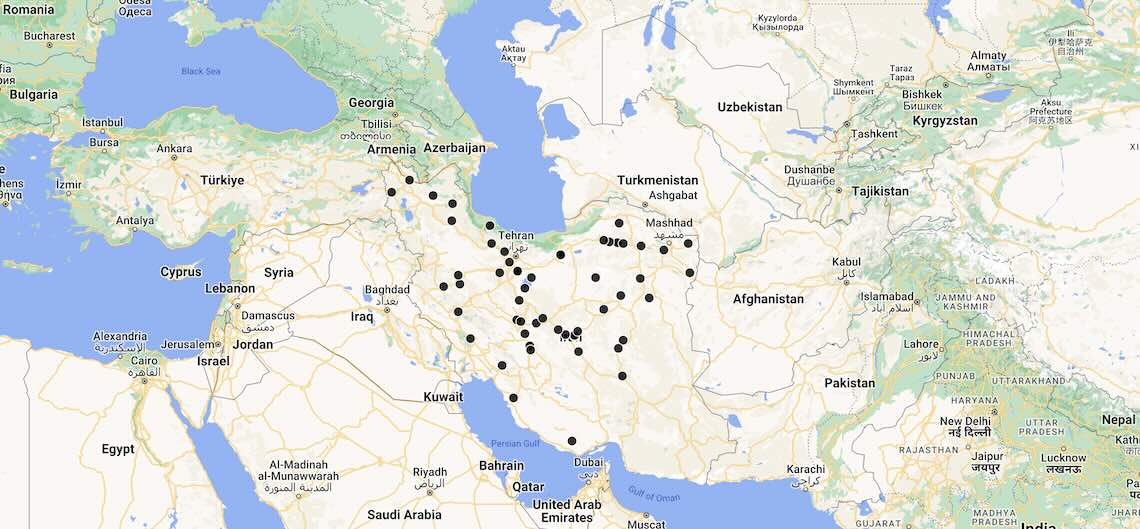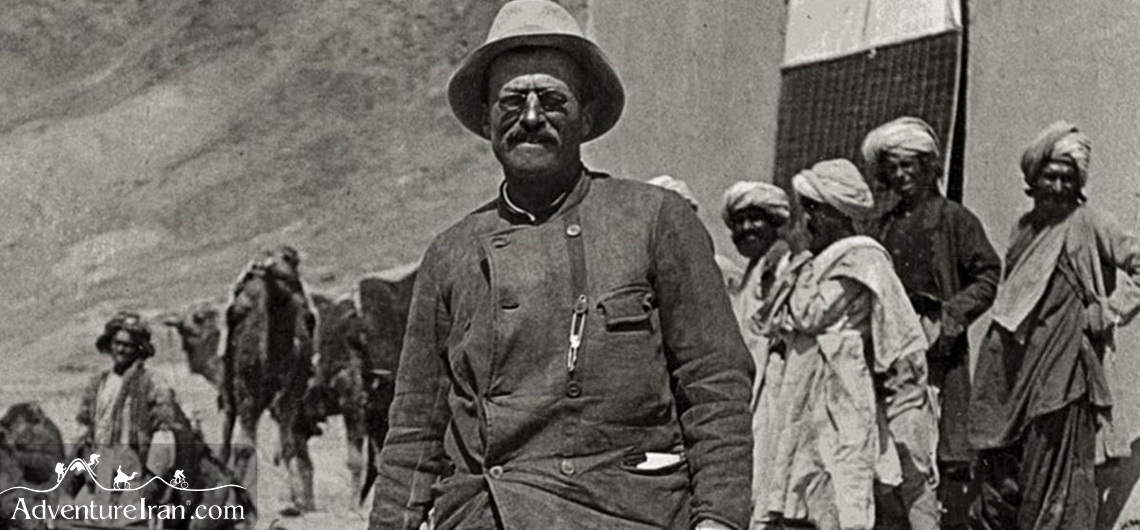Kharanaq Village Exploring the Timeless Charm of Kharanaq Mudbrick Ancient Historical Village Nestled amidst the rugged landscapes of Iran, Kharanaq Historical Village stands as a living testament to the rich tapestry of Persian history. With its ancient mud-brick structures, labyrinthine alleyways, and a palpable sense of antiquity, Kharanaq beckons travelers to step back in time
Gandom Beryan: Unveiling the Secrets of the World’s Hottest Place in the Lut Desert I. Introduction: The Lut Desert’s Fiery Crown Nestled within the arid expanse of the Lut Desert in southeastern Iran, Gandom Beryan stakes its claim as the hottest place on Earth. This natural wonder, shrouded in mystery and extremes, beckons
The Silk Road in Iran and the Persian Caravanserai The Silk Roads, as the oldest trading and communication network across the world, have connected many civilizations for millennia, bringing together peoples, cultures and economies. The roads provided a ground not only for the exchange of goods but also for the interactions of ideas and
Yalda Celebrations Embracing the Longest Night in Iranian Culture Greetings, Cultural Explorers! Step into the radiant embrace of Yalda Night, a celebration that transcends time and connects us to ancient Persian traditions and the roots of Zoroastrianism. Join us on a journey through the luminous tapestry of Yalda Night, where each moment is a
Iran cancels visa requirements for 33 countries. TEHRAN, Dec 13: In a significant move towards fostering international tourism, Iran has unilaterally decided to cancel visas for 33 countries! Iran’s Ministry of Cultural Heritage, Tourism, and Handicrafts has announced a new initiative to waive visa requirements for tourists from 32 countries, in a bid to attract
The distances between Iran’s tourist cities and travel time The distances between the tourist cities of Iran are very important to know when travellers are making plans to visit the country. As Iran is a vast land with a lot of tourist destinations, it’s vital to have a good idea about travel distances and the
All about Photography in IRAN! Introduction On this post of our Travel Blog, we would like to introduces Iran as a photography destination and provides comprehensive information regarding this pursuit. This material includes the best Types of Photography you could experience in Iran, Destinations ideal for photography and Best Travel Time that you have
7 Iran most famous UNESCO world heritage sites
- Attractions, Culture & History, Destinations, UNESCO Cultural Heritage
- Abyaneh, Chogha Zanbil UNESCO, Classic Iran, Dolat Abad Garden (UNESCO World Heritage Site), Esfahan, Golestan Palace, Hawraman UNESCO, Iran, Iran Adventures, Iran Caravanserais, Iran Classic Route, Iran Silk road, Iran UNESCO, IRAN UNESCO site, Iranian UNESCO Sites, Jame Mosque, Kashan, Naghsh-e Jahan, Pasargadae, Persepolis, Persian Gardens, Pwersian Gardens, Shiraz, Tehran, UNESCO, UNESCO World Heritage Sites, Yazd
7 Most Famous UNESCO World Heritage Sites in Iran Iran has 27 UNESCO World Heritage Sites as of September 2023, 25 of which are cultural and 2 are natural. The first UNESCO site in Iran, Tchogha Zanbil, was registered in 1979. The latest registered sites is the Persian Caravanserai, registered in September 2023 and
Persian Caravanserais Inscribed on UNESCO’s World Heritage List The Persian Caravanserais, designated as UNESCO World Heritage Sites, stand as enduring testaments to the rich history and cultural significance of Iran’s ancient trade routes. These architectural marvels served as vital hubs along the Silk Road, facilitating trade and commerce between the East and West
Sven Hedin, a Swedish explorer, travelled to Persia and Central Asia a few times between 1886- 1902. He crossed the Iranian Deserts (Dasht-e Kavir and Lut Desert) on his adventure trip.He also learnt several Persian dialects as well as other Central Asian languages. He was a photographer, travel writer, topographer and geographer. He wrote a

